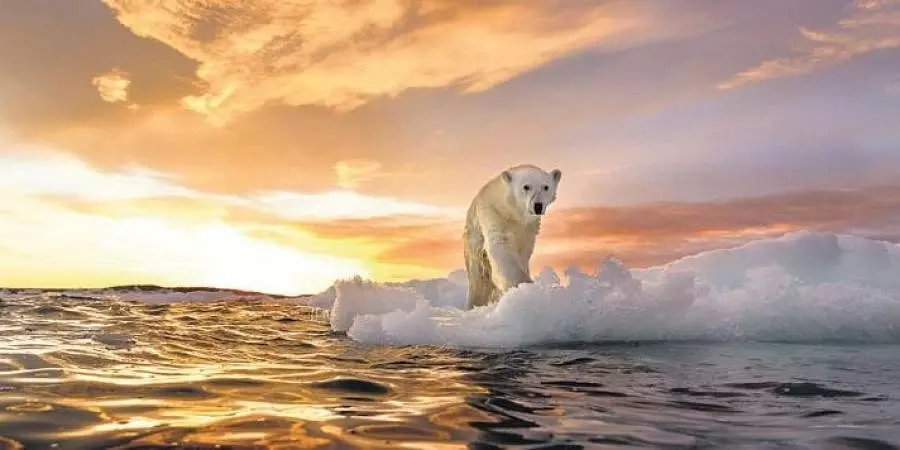
Study shows correlation between Global warming & mass animal extinction
text_fieldsNEW DELHI: Research by experts indicates that there is a strong correlation between the size of mass extinctions of animal species and changes in the earth's temperature. The larger the climatic changes, the larger the mass extinctions.
Major mass extinctions in the Phanerozoic Eon (which spans 539 million years to the present), according to research by scientists from the Department of Earth Science at Tohoku University in Japan, occurred during abrupt global climate changes accompanied by environmental destruction brought on by large volcanic eruptions and projectile impacts.
The differences between marine and terrestrial species' responses to sudden climate shifts over the Phanerozoic have not yet been quantitatively assessed, nor have the links between anomalous land temperature and terrestrial animal extinctions.
"The loss of more than 35 per cent of marine genera and 60 per cent of marine species corresponding to the so-called 'big five' major mass extinctions correlates with an over 7 degree Celsius global cooling and a 7-9 degree C global warming for marine," said the study.
Based on oxygen isotopes, global cooling and warming have been documented during the Phanerozoic. The majority of them, nevertheless, are enduring climate changes. There have been five major mass extinctions of animal species in the past 444, 372, 252, 201, and 66 million years ago, NIE reported.
"The significant relationship between the surface temperature anomaly and extinction magnitude indicates that the cause of major extinctions is surface temperature change and coincidental environmental changes, such as acid rain, ozone depletion, reducing sunlight, desertification, soil erosion, and oceanic anoxia, driven by large volcanic eruptions and projectile impacts," it added.
These climatic and environmental abnormalities are influenced by halogen for ozone depletion, stratospheric aerosols like sulfuric acid and black carbon for limiting sunlight and acid rain, and atmospheric greenhouse gases like CO2 and methane for surface warming.























